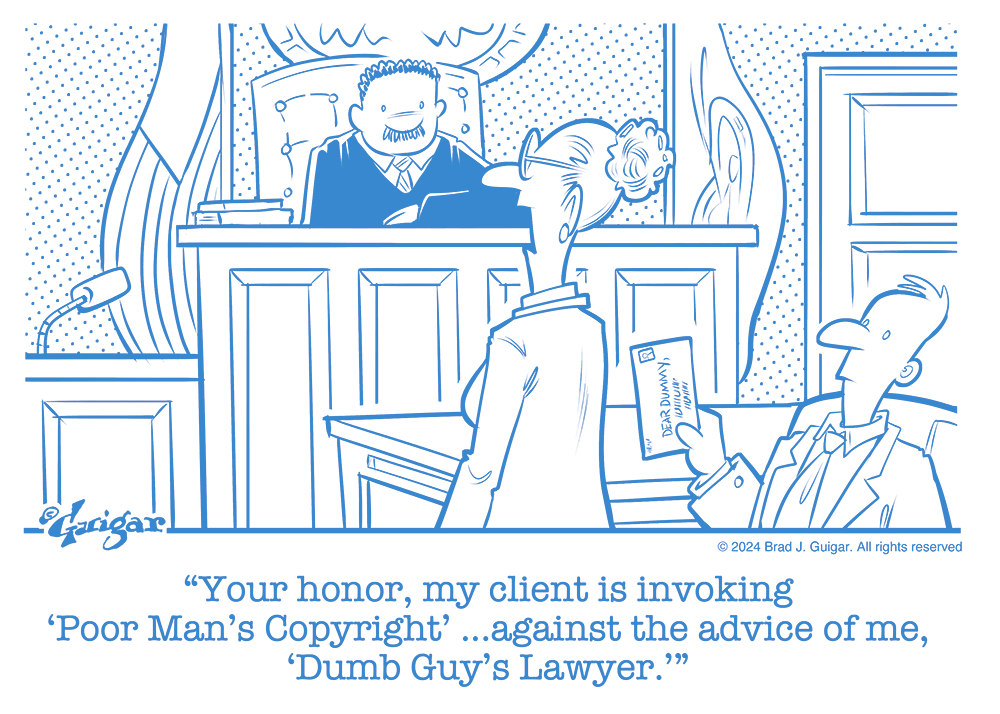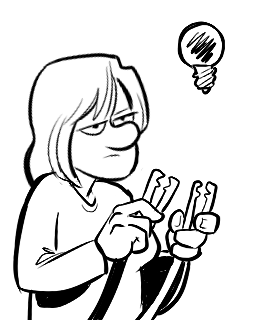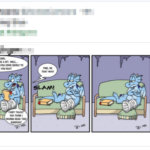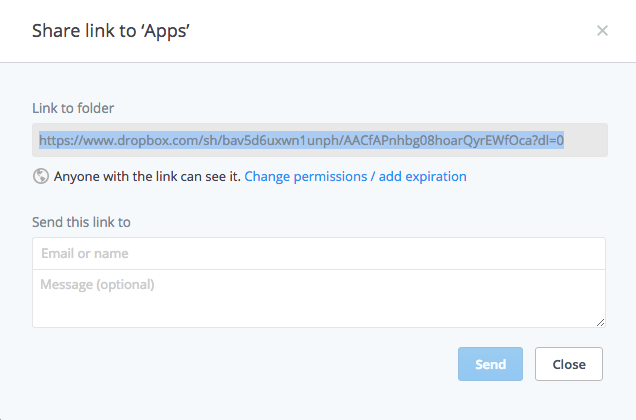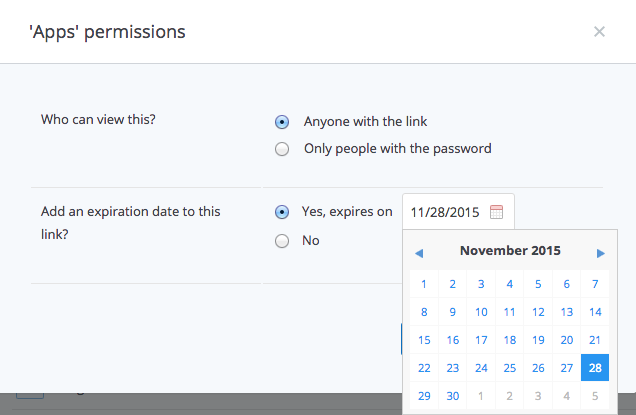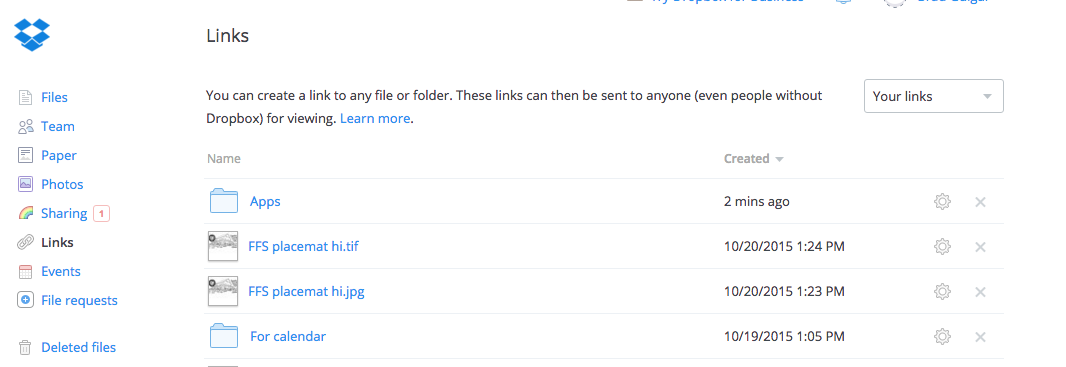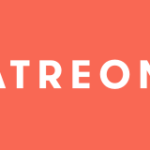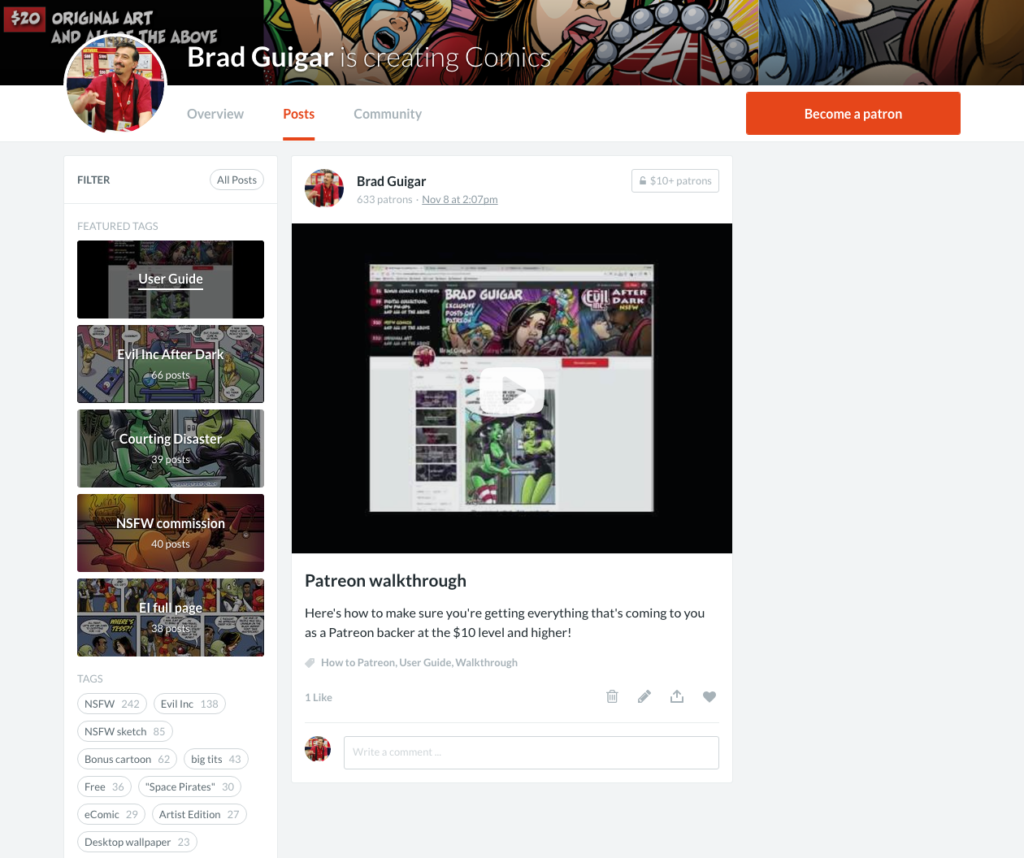October was an excellent example of the tremendous value offered by a subscription to Webcomics.com. My readers got early alerts on issues that would impact their businesses, helpful tutorials, insightful analysis, and meaningful feedback on their work. Here are some samples of what you may have missed…
No, Patreon didn’t ban porn
 I saw a lot of panic Sunday night, when Patreon released its revised Community Guidelines regarding adult content. Some people openly surmised that this was an indication that Patreon would be banning adult content.
I saw a lot of panic Sunday night, when Patreon released its revised Community Guidelines regarding adult content. Some people openly surmised that this was an indication that Patreon would be banning adult content.
It’s not.
Let’s take a little time to understand the situation.
[Subscribers only]
Webcomics Confidential Ep 24 — Are We in a Webcomics Bubble?
A Webcomics.com member got some fantastic advice over at a Facebook Group for webcartoonists and then wrote in asking for some advice on implementing this fantastic advice. And I do my level best to do exactly that…
[Subscription only]
Webcomics Confidential Ep 35 — Social Media Strategy
In a follow-up to last episodes remarks on the changing webcomics-publishing landscape, we drill deeper on exactly what constitutes an effective social-media strategy.
[Subscription only]
Crackdown on bootleg prints?
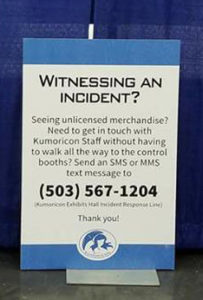 Kumoricon, an anime convention in Portland, Oregon, has taken a hard-line stance on unlicensed merchandise — posting signs to help attendees identify vendors who are flaunting the con’s rules.
Kumoricon, an anime convention in Portland, Oregon, has taken a hard-line stance on unlicensed merchandise — posting signs to help attendees identify vendors who are flaunting the con’s rules.
On Facebook, the response was, as usual, overblown and underthought.
“This is big news in the comic con circuit and frankly a welcome development!” posted one artist.
“So this would kill artist alley then as well, no more commissions or prints from Indy guys? Cons can’t survive without filling the artist alley spaces. It’ll be interesting to see…” responded another.
Hmmmm.
Let’s take a realistic look at what just happened.
[Subscribers only]
Important News for Users of Clip Studio Paint (Manga Studio)
Smith Micro, the company that developed Manga Studio (which was renamed Clip Studio Paint) is officially handing the property over to CELSYS.
[No subscription required]
It’s all about organic reach
 A Webcomics.com member pointed to a comics pro who has come to the conclusion that Facebook is a poor way to communicate with readers. After all, this person has nearly 7,000 Likes on their Facebook Fan Page, and a typical post only reaches about 30 people. It must be a rigged game! It must be a push to make you buy advertising!
A Webcomics.com member pointed to a comics pro who has come to the conclusion that Facebook is a poor way to communicate with readers. After all, this person has nearly 7,000 Likes on their Facebook Fan Page, and a typical post only reaches about 30 people. It must be a rigged game! It must be a push to make you buy advertising!
Or it might be something else.
I have a few thoughts…
[Subscription only]
Patreon Pro Tip — Setting Links to Expire
Here’s a handy pro tip for people running Patreon campaigns. If you’re like many of us, you love Patreon, but many aspects of navigating the Creator Feed are… lacking. And you want better for your backers. So — once their payments have processed — you send out a link to a Dropbox folder so your backers can access the exclusive content outside of Patreon’s clunky interface.
Of course, once that link is out there, anyone could use it to access that content. And that’s a little troubling.
This pro tip is for you…
[No subscription required]
Patreon announced a WordPress plug-in
This is something I’ve been yearning for since Patreon launched — the ability to serve Patreon-exclusive content on my own website! Here’s what we know…
[Subscription only]
ISBN primer
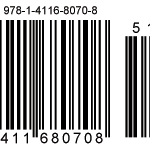 An ISBN is a 10- or 13-digit number that is used to identify a book from a specific publisher. Once your book is in print, you can register the title and link it to the ISBN here.
An ISBN is a 10- or 13-digit number that is used to identify a book from a specific publisher. Once your book is in print, you can register the title and link it to the ISBN here.
[No subscription required]
Patreon Hot Seat
We continued to workshop members’ Patreon outreach this month.
The Science of Popularity
 In discussing his book, Hitmakers: The Science of Popularity, on NPR’s TechNation, author Derek Thompson shared a story about the number-one (non-seasonal*) pop single of all time — Rock Around the Clock. And it holds insight for those of us who would like to expand the popularity of our own work.
In discussing his book, Hitmakers: The Science of Popularity, on NPR’s TechNation, author Derek Thompson shared a story about the number-one (non-seasonal*) pop single of all time — Rock Around the Clock. And it holds insight for those of us who would like to expand the popularity of our own work.
[Subscription only]
Rethinking Longform Comics
When webcomics started out, longform creators felt like the ugly ducklings in the crowd. Many of them expressed the same complaint when I’d talk to them. They just didn’t feel as if the Web was the right place to present their work to its full strength. However, I think the Web— and its users — have both improved and matured to a point that longform comics not only can survive — but thrive — on new platforms (such as eComics).
But it kills me — kills me — when I see longform-comics creators continually trying to present their work in the “traditional” webcomic set-up that was heavily geared towards strips and other short-form comic. It’s a classic square peg scenario.
I think longform comics are on the cusp of a real revolution, and the artists who are going to best position themselves to take advantage of this will be the ones who will adapt their publishing approach to a new way of thinking.
Here are a few thoughts on where I think that new way of thinking should go.
[No subscription required]
Post-advertising webcomics — Phase Two
It has long been my opinion that we have entered “post-advertising webcomics” — webcomics that are published without the central support of advertising revenue. Today’s webcomics are much more likely to be anchored by crowdfunding — namely Kickstarter and Patreon.
So I was excited to see this Patreon page pop up…
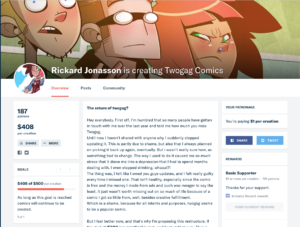
[Subscription only]
Mailbag: What’s the average price for a graphic novel?
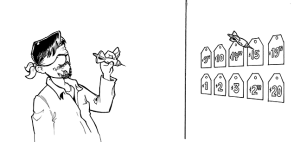 Q.: What do you think is the average price for a graphic novel made by a mostly unknown group of artists & writers?
Q.: What do you think is the average price for a graphic novel made by a mostly unknown group of artists & writers?
A.: That’s a nonsense question, and it’s crucial that you understand why it’s nonsense…
[No subscription required]
Webcomics Confidential Ep 33 — The Dearth of Print
A Webcomics.com member writes: “I would love to know your current thoughts on printing collections of Webcomics. Specifically the practice of publishing semi annual chronological collections of the strip, as most webcomic creators used to do. … in recent years it seems most webcomic creators have gotten away from this practice.”
It’s a great topic, so let’s discuss it. Is Print Dead (Again)?
[Subscription only]
The Patreon Content Trade
 In the early days of webcomics, a preferred method of promotion was the ol’ link exchange. “I’ll link to your comic if you link to mine.” Today’s crowdfunded business model requires a little twist on that old axiom.
In the early days of webcomics, a preferred method of promotion was the ol’ link exchange. “I’ll link to your comic if you link to mine.” Today’s crowdfunded business model requires a little twist on that old axiom.
Exposing your patrons to someone else’s Patreon campaign isn’t only a good idea, it’s great content!
[No subscription required]
Webcomics Confidential Ep 31 — Inktober and 24-Hour Comics Day
It’s October again — and it brings out the curmudgeon in me every year. In this episode of Webcomics Confidential, let’s discuss events like Inktober and 24-Hour Comics Day.
[Subscription only]



